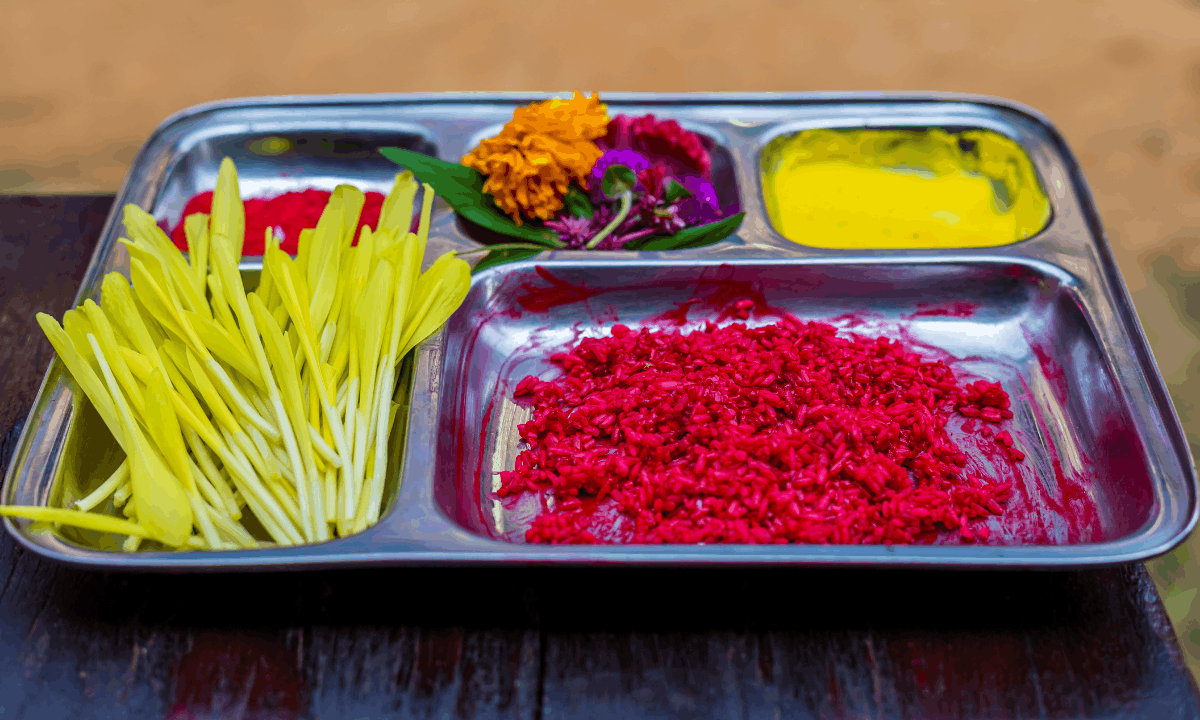Kathmandu: Bada Dashain, the largest and longest festival celebrated by Nepali Hindus, officially commenced today with the auspicious Ghatasthapana ceremony. This event marks the first day of the Navaratri Parba, a nine-night festival honoring the goddess Nawadurga, and falls on Aswin Shukla Pratipada, the first day of the bright half of the lunar calendar month Asoj.
During Ghatasthapana, devotees perform rituals and establish a clay pot, known as a ghata, in which they sow seeds of barley, wheat, corn, and rice. This practice follows ancient Vedic traditions, with worship dedicated to the deity Shailaputri at a specific auspicious hour.
According to the Nepal Calendar Determination Committee, 9:16 AM was identified as the optimal time for sowing the seeds in a mixture of sand and soil. The germinated seedlings, referred to as jamara, will later be offered along with the ceremonial tika on the tenth day of the festival, known as Vijaya Dashami.
The committee also announced that the most auspicious time for receiving Dashain tika will be at 11:36 AM on October 12 (Asoj 26). Throughout the nine nights of Navaratri, various forms of the goddess Nawadurga will be worshipped, starting with Shailaputri and continuing with deities such as Brahmacharini, Chandraghanta, Kushmanda, Skandamata, Katyayani, Kalarati, Mahagauri, and Siddhirati.
As the festival unfolds, families and communities will engage in rituals, prayers, and celebrations, embodying the spirit of unity and devotion that characterizes Bada Dashain.
